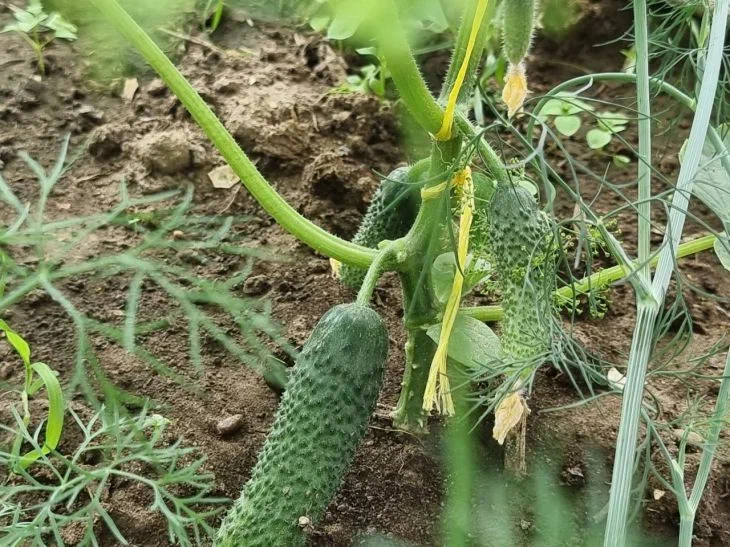Imagine: your garden beds are bursting with crispy cucumbers, and your neighbors are perplexed and asking where you got the “magic” drug.
The answer is simpler than it seems - it's all about ordinary ash. Yes, the same ash that remains after a fire or stove.
Experienced gardeners have long known: this is not just ash, but a natural alternative to chemical fertilizers.

Wood ash is a storehouse of potassium, phosphorus and calcium. These elements strengthen the roots, accelerate the growth of vines and make the fruits juicy, without bitterness. Plants get sick less often, and pests bypass them.
But it's not just a matter of scattering ashes at random - there needs to be a strategy.
It all depends on the type of soil. On heavy clay soil, add two spoons of ash to each hole. Sandy soil needs more nutrition - three spoons plus a handful of humus. And black soil will need one spoon without any additions.
Before planting, the ash is mixed with soil and watered so that the nutrients penetrate deeper.
Ash can be used dry or diluted in water. In the first case, it is added directly to the holes or scattered over the bed before digging.
For liquid feeding, a glass of ash is infused in 10 liters of water for a week, and then the cucumbers are watered at the roots.
The main thing is not to combine ash with manure or bird droppings: such a combination deprives plants of nitrogen.
Caution is advised: ash is only suitable from clean wood (no trash or plastic!) and can increase the alkalinity of the soil.
But with the right approach, the harvest will surprise you - your neighbors will wonder for a long time what your secret is.
